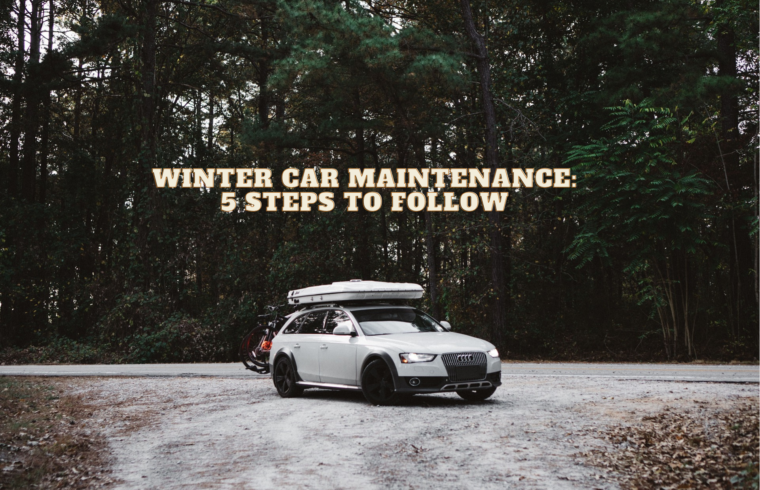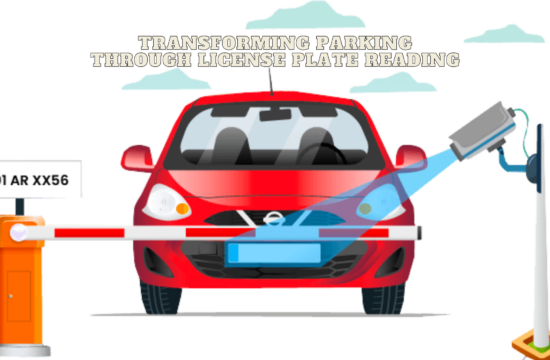We’re moving into the cooler seasons. Especially residents know that winter can come in a heartbeat. Is your car ready for it?
If not, now may be the time to start planning. To help you in that process, here are 5 tips you can follow to ensure you and your vehicle remain safe while preparing your car for winter.
Keep Tires Traction-Ready
Ensuring your tires have proper traction is crucial for winter car preparation. Tires with adequate tread depth provide better grip on slippery roads, enhancing safety. They help prevent skidding, improve handling, and reduce the risk of accidents, especially in snowy or icy conditions, making your winter driving experience safer and more secure.
Maintaining Proper Engine Coolant
Maintaining the correct engine coolant levels is essential for winter car preparation. Adequate coolant prevents the engine from freezing in cold temperatures and ensures it runs at the optimal temperature. This helps prevent engine damage and ensures your vehicle operates efficiently, reducing the risk of breakdowns in winter conditions.
Wiper Blades Inspection
Inspecting wiper blades is crucial for winter car preparation. Worn or damaged wipers can impair visibility during snowy or rainy conditions, leading to unsafe driving. Checking and replacing them ensures your windshield stays clear, enhancing your safety while driving in adverse weather, which is vital for winter road safety.
Assess Your Braking Performance
Evaluating your vehicle’s braking system before winter is essential. Cold temperatures and icy roads demand optimal braking performance for safety. Checking brake pads, rotors, and fluid levels ensures your car can stop efficiently, reducing the risk of accidents. This proactive measure is vital for winter road safety and your overall well-being.
Maintain Fuel Reserves
Keeping your fuel tank adequately filled during winter is vital for safety. In cold weather, condensation can form in empty or low tanks, potentially leading to fuel line freezing and stalling. Maintaining a sufficient fuel level ensures you have the necessary warmth and power to navigate winter conditions, reducing the risk of getting stranded.





